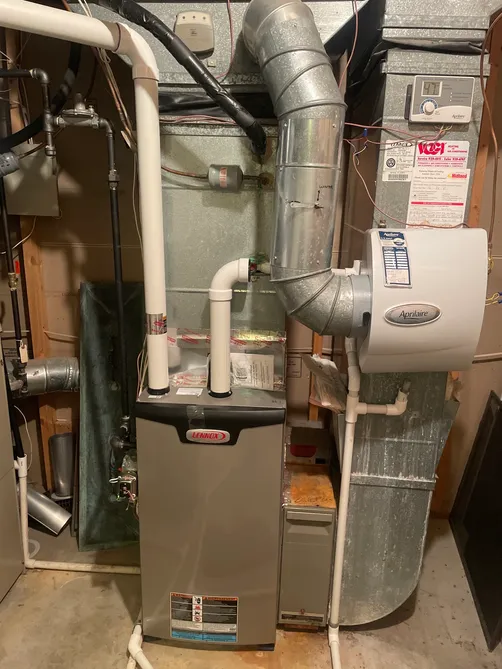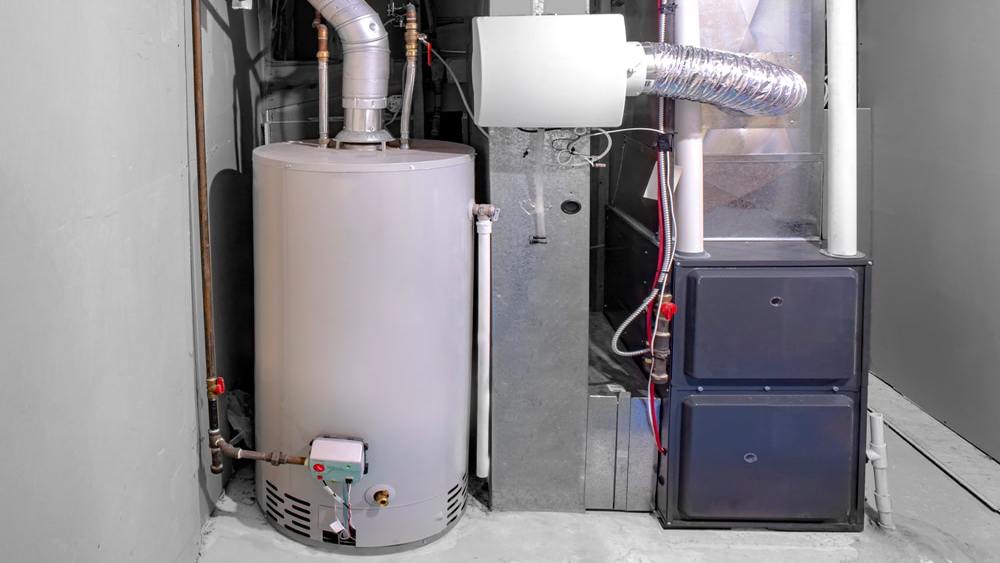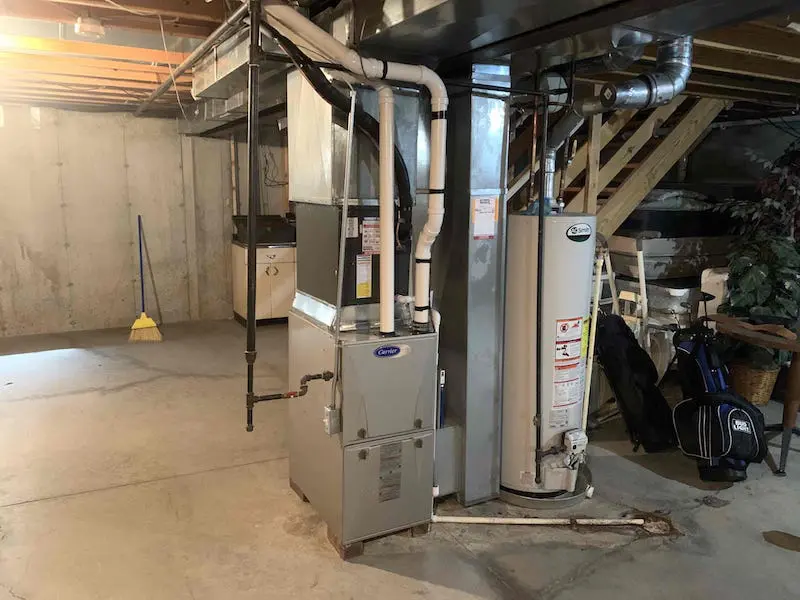Same-day furnace repair for safety and security: Get fast and trusted help
Same-day furnace repair for safety and security: Get fast and trusted help
Blog Article
The Ultimate Overview to Heater Installation for a Cozy Home
Furnace setup is an important facet of maintaining a comfortable home environment, especially throughout the cooler months. Recognizing the numerous kinds of furnaces available and the importance of choosing the proper dimension can considerably influence both performance and convenience degrees. In addition, a comprehensive installation process, complemented by the right tools and materials, ensures optimal performance. This guide aims to equip homeowners with the knowledge needed to make enlightened choices and carry out efficient maintenance practices. As you consider these factors, the concern remains: what steps can you require to guarantee your heating system serves you well for several years ahead?
Kinds Of Furnaces

Gas furnaces are one of the most usual choice due to their effectiveness and reduced functional costs. They use all-natural gas or gas, providing quick heating and constant efficiency, making them excellent for colder climates.
Electric heating systems, while normally less complicated to install and maintain, tend to have higher operational expenses. They are commonly preferred in locations where gas solution is inaccessible or for homes with existing electrical infrastructure.
Oil furnaces, though less common today, remain a practical choice in specific regions. They shed home heating oil, which can be helpful throughout chillier months, however their dependence on oil shipment presents possible obstacles.
In addition, there are high-efficiency designs offered across these types, which can considerably reduce energy consumption and energy costs - furnace installation. Inevitably, comprehending these heating system types will aid home owners pick a system that lines up with their heating needs, spending plan, and power choices
Selecting the Right Size
Picking the ideal size for a furnace is crucial to ensuring optimum efficiency and energy efficiency. A small heating system will battle to preserve comfortable temperature levels during the cold months, bring about boosted wear and tear, greater energy costs, and prospective system failure. Alternatively, a large furnace might cycle on and off too regularly, leading to inefficient home heating and uneven temperature level distribution within the home.
To determine the right furnace dimension, a calculation referred to as the Handbook J lots computation should be done. This process examines various aspects, including the square video footage of the home, insulation degrees, window dimensions, and neighborhood climate problems. This comprehensive evaluation makes sure that the heating system meets the certain heating demands of the room.

Setup Process Overview
In terms of products, you will certainly require ductwork, insulation, and securing tape to make sure optimal airflow and power effectiveness - furnace installation. It is also essential to have a new heater filter handy, together with airing vent products, such as PVC pipe or steel flue, depending upon the sort of furnace being mounted
Security equipment, consisting of gloves, safety glasses, and a face mask, is likewise vital to safeguard versus dust and particles throughout installation. Having all these devices and products easily offered not only streamlines the procedure yet also enhances the safety and security and performance of the heating system installment.
Maintenance Tips for Longevity
To guarantee the longevity of your furnace, it is necessary to apply a regular upkeep routine that resolves crucial parts of the system. Begin by changing or cleaning the air filter every one to 3 months, as a blocked filter can restrict air flow and lower efficiency. Furthermore, inspect and clean up the blower setting up to avoid dust build-up that can prevent performance.
Following, examine the thermostat settings and alter if essential to ensure precise temperature level law. Inspect the ductwork for leaks or obstructions, as this can lead to energy loss and unequal home heating. Routinely lube the electric motor and bearings according to the supplier's recommendations to reduce deterioration.
Specialist evaluations must take place each year, where a certified technician can evaluate the heating system's general condition, check you can find out more for gas leaks, and make sure that security functions are working appropriately. Ultimately, take into consideration installing a programmable thermostat to optimize energy click here for info usage and maintain consistent home temperatures. By taking on these upkeep methods, you can improve your heating system's efficiency, extend its lifespan, and inevitably appreciate a comfy and comfy home atmosphere.
Final Thought

Report this page